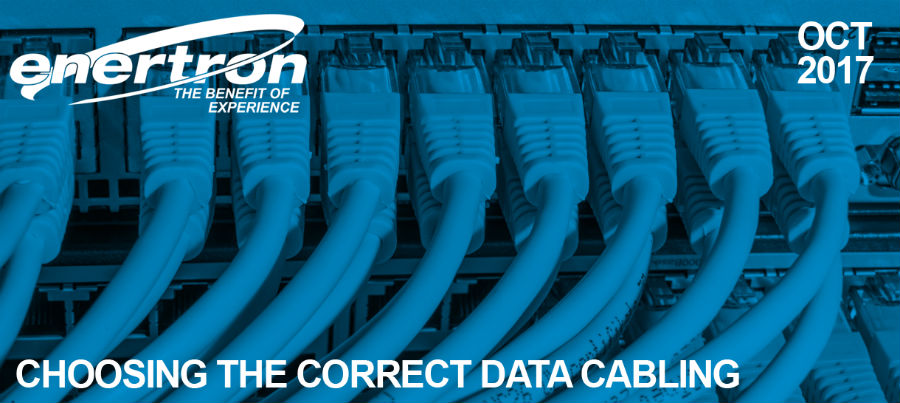
Ethernet cables come in a wide variety of types and standards. These cables are commonly referred to as CAT cables (short for Category). Choosing the right CAT cable makes a big difference in all facets of your IT performance, from speed to interference. Additionally, there are standards for when certain types of CAT cables need to be used.

THE BIG 3.
CAT cables are typically seen in three varieties, CAT5, CAT5e, and CAT6. If your business was built in the 1990s, or even early 2000s, there is a strong chance your infrastructure is made up of CAT5. Unfortunately, CAT5 has become outdated for a variety of reasons.
CAT5 only supports a theoretical maximum speed of 100Mbps. To put this in perspective, it’s even slower than most modern USB sticks! Additionally, CAT5 is highly susceptible to interference when run over longer distances.
CAT5e greatly improved upon the CAT5 standard. Not only is it less susceptible to interference, it can also support speeds up to 1000Mbps (1Gbps).
CAT6 is the newest of the three and can support speeds up to 10Gbps. CAT6 is the standard for virtually all new installations. (There is an even newer CAT cabling called CAT 6A. However, this category cabling is not widely used in the industry because it’s cost prohibitive.)

REDUCE INTERFERENCE.
Interference is everywhere. It’s located in factories, high-bays, fluorescent lights, and even comes from your kitchen microwave. All of these sources of interference can directly affect your connection performance.
To minimize the risks of interference a special type of cabling is used. This cabling is often referred to as STP or Shielded Twisted Pair. An STP cable typically features a metal jacket around the outside of the wires to reflect sources of interference.
So next time someone in your office makes microwave popcorn, their snack time just might be the reason your internet slows down.

TAKE PRECAUTIONS.
Plenum space is the space typically found between a drop-ceiling and the actual ceiling of a structure. This space is usually designed as part of an HVAC system for forced-air return. However, plenum space can also be the space beneath a raised floor. This plenum space is often used to run cabling.
In the event of a fire, normal cabling can cause toxic fumes and smoke to be released into the air. To mitigate this risk, the National Fire Protection Association has created standard NFPA 90A. This standard requires special plenum cables to be used.
These plenum cables not only help to stop the progression of fire, but also reduce the amount of smoke and toxicity emitted. Plenum cabling can make a life-or-death difference if disaster strikes your business.

